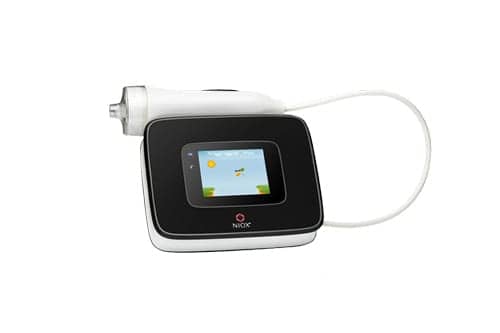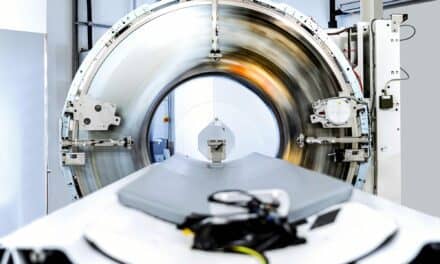Fractional exhaled nitric oxide (FeNO) and B-Eos values (a count of eosinophil granulocytes in the blood) offered independent information in relation to the prevalence of wheeze, asthma diagnosis, and asthma events in a random population sample, according to study results in this month’s issue of the Journal of Allergy and Clinical Immunology.
Though researchers discovered the association between FeNO and blood eosinophils was very weak, researchers observed that simultaneously elevated levels of the two markers, in a synergistic way, but independently of each other, increased the likelihood of individuals reporting, for example, asthma symptoms or asthma attacks in the last year.
“We therefore propose that both of these measurements be carried out in combination in order to better understand the inflammation in asthma patients. They thus constitute a better platform for selecting the proper treatment for these patients,” says Kjell Alving, professor at the Department of Children’s and Women’s Health, Uppsala University.








